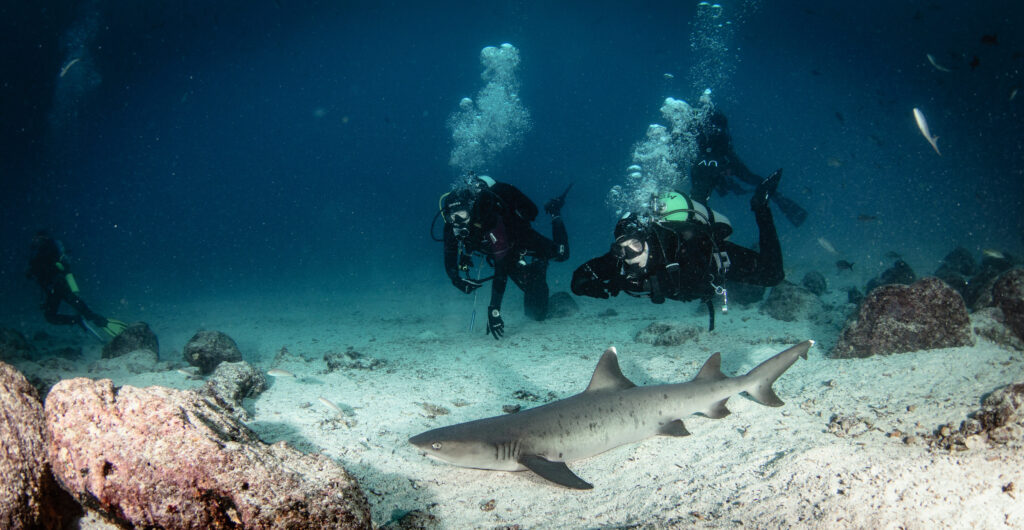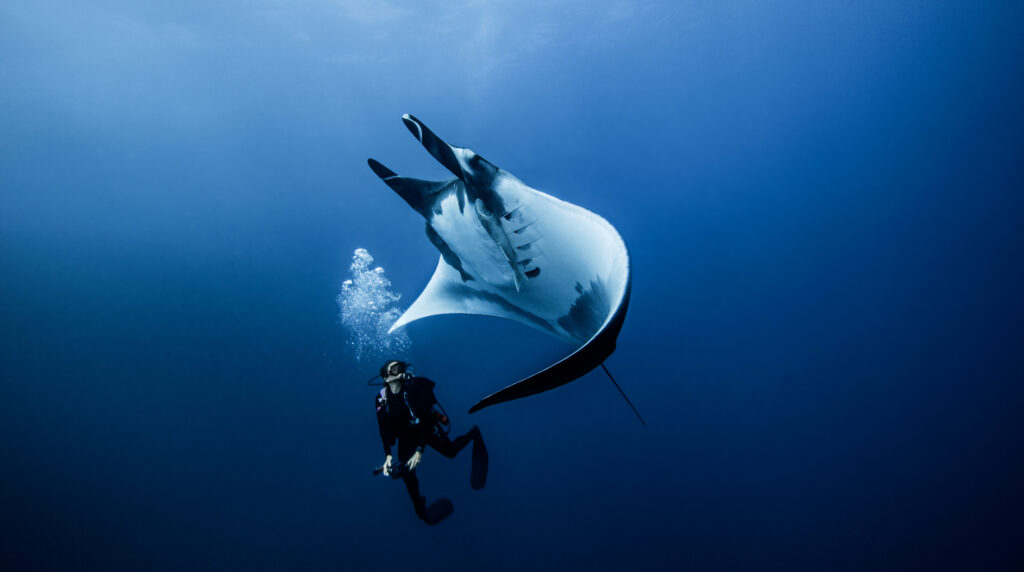What is Absolute Pressure in Scuba Diving Context?

Absolute pressure, a term frequently used in the field of scuba diving, refers to the total static pressure at a particular point. It is a vital concept that divers need to understand and appreciate to ensure safety during their underwater adventures. In technical terms, absolute pressure is the sum of the atmospheric pressure and the pressure due to any fluid column above the point of measurement. It is always measured relative to a perfect vacuum, which is devoid of all matter and hence bears a pressure of zero.
What is Pounds Per Square Inch (PSI)?

Pounds per square inch (PSI) is a unit of pressure widely used in various fields, including scuba diving. Understanding PSI is crucial for divers because it directly relates to the equipment they use and their safety underwater. In scuba diving, PSI measures the pressure exerted by gas within a scuba tank, which is essential for breathing underwater. This unit helps divers know how much air they have left in their tanks, enabling them to plan their dives and avoid running out of air while submerged.
What is Pressure?

Pressure is a fundamental concept in physics, defined as the force exerted per unit area. In the context of scuba diving, understanding pressure and its effects is crucial for safety and efficiency. Pressure plays a pivotal role in determining how divers experience the underwater environment, affecting everything from breathing to buoyancy. As divers descend into the water, the pressure increases, impacting both their equipment and bodies in significant ways. This article will discuss the principles of pressure, its effects on the human body, the health risks associated with changes in pressure, techniques for managing these changes, and the equipment designed to withstand them.
What is Intermediate Pressure?

Intermediate pressure is a critical concept in scuba diving, referring to the pressure between the first and second stages of a diver’s regulator system. This pressure is crucial for the proper functioning of the diving equipment, ensuring that the diver can breathe comfortably and safely underwater. Understanding intermediate pressure is essential for both recreational and technical divers, as it affects the overall performance and safety of the diving gear. This article delves into the principles, mechanics, equipment implications, maintenance, environmental impacts, and advanced applications of intermediate pressure in scuba diving.
What is a Pressure Gauge?

A pressure gauge is an essential instrument in scuba diving, designed to measure and display the pressure of the air supply within a diver’s tank. This device is crucial for ensuring that divers are aware of their remaining air, thereby allowing them to manage their breathing and plan their ascent to the surface safely. Without a reliable pressure gauge, a diver risks running out of air underwater, which could lead to potentially life-threatening situations. Thus, understanding the function and importance of pressure gauges is fundamental for anyone involved in scuba diving.
What is a Submersible Pressure Gauge?

A submersible pressure gauge (SPG) is a vital piece of equipment for scuba divers, used to monitor the pressure of the air remaining in their diving tanks. This instrument is crucial for ensuring that divers have enough air to safely return to the surface. The SPG is typically connected to the diver’s first-stage regulator and displays the pressure in the tank in real-time, allowing divers to keep track of their air supply and manage their dive plans accordingly. By providing accurate and immediate feedback, the SPG helps prevent potentially dangerous situations caused by running out of air underwater.
What is Supplied Air Snorkeling for Youth (SASY)?

Supplied Air Snorkeling for Youth (SASY) is a specialized diving system developed to introduce the fascinating world of underwater exploration to young individuals. It bridges the gap between snorkeling and scuba diving, offering a safe and controlled environment for children to explore and learn about the underwater world without diving too deep. The SASY system consists of a Buoyancy Control Device (BCD) paired with a small compressed air cylinder and a regulator, functioning similarly to a traditional scuba system but with features that restrict the user from descending beneath the surface.
What is a Depth Gauge?

A depth gauge is a crucial piece of scuba diving equipment that measures and displays a diver’s depth below the water’s surface. Its accuracy and reliability are essential for maintaining diver safety, calculating decompression stops, and monitoring dive profiles. As scuba diving has evolved, so too have depth gauges, with modern devices offering digital displays, enhanced accuracy, and additional features to improve the diving experience.
What is Sidemount Diving?

Sidemount diving is a scuba equipment configuration where diving cylinders are placed along the diver’s sides rather than on the back, as is typical in traditional backmount setups. This system allows for enhanced flexibility, mobility, and safety while underwater. The cylinders are positioned below the shoulders and extend along the hips, giving divers more freedom of movement compared to conventional systems. Divers appreciate sidemount configurations for their ability to streamline the diver’s profile, which is particularly advantageous in environments with tight spaces like caves, but the setup is also widely used in other forms of diving, from recreational to professional.
What is an Underwater Breathing Apparatus?

What is an Underwater Breathing Apparatus? Underwater Breathing Apparatuses (UBAs) are key components of scuba diving equipment, designed to supply a breathing gas that enables divers to breathe comfortably underwater. They are a crucial innovation that has allowed for the exploration of marine environments beyond the shallow depths reachable by breath-hold divers, transforming our understanding […]
